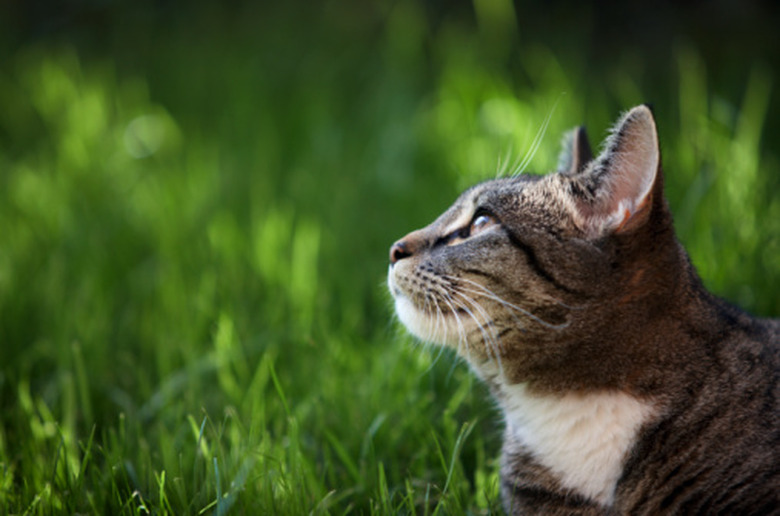How To Keep Cats Out Of Gardens With An Electric Fence
Keeping cats out of the garden can be a challenging task. Cats often like to chew on vegetation as well as use the area as a litter box. Chewing on the flowers can ruin them and also cause harm to the cat, as some flowers are poisonous to felines. In addition, cat feces often contain parasites, which can spread to you. One successful method of keeping cats out of the garden is the use of an electric fence.
Step 1
Purchase a fence that comes with high-quality insulators. If it doesn't already come with them, buy them yourself. Black insulators that are treated to prevent degradation by ultraviolet light usually work best, as they will not deteriorate from the sunlight, which poor-quality insulators often do.
- Keeping cats out of the garden can be a challenging task.
- In addition, cat feces often contain parasites, which can spread to you.
Step 2
Install the fence so that it surrounds the garden. Most electric fences are simply pushed down into the ground. When the cat attempts to enter the garden and touches the fence, it will sustain a small shock that will cause it to run away. Install the wires so that they are about 5 inches away from each other.
Step 3
Position the solar panels so that they are facing the sun. If they are not facing the sun to absorb its light, the fence will not charge an adequate amount and will not deliver the appropriate charge.
Step 4
Install the lower wire so that it doesn't touch the ground. Wet vegetation can drain power from the fence; therefore, avoid allowing the wire to make contact with the ground. Keep any grass or vegetation in that area short and away from the fence.
- Install the fence so that it surrounds the garden.
Tip
Electric fencing will keep other animals away from your garden as well, including raccoons, possums and groundhogs.
Warning
Keep children and other pets away from the electric fence, as it could cause injury if touched.
